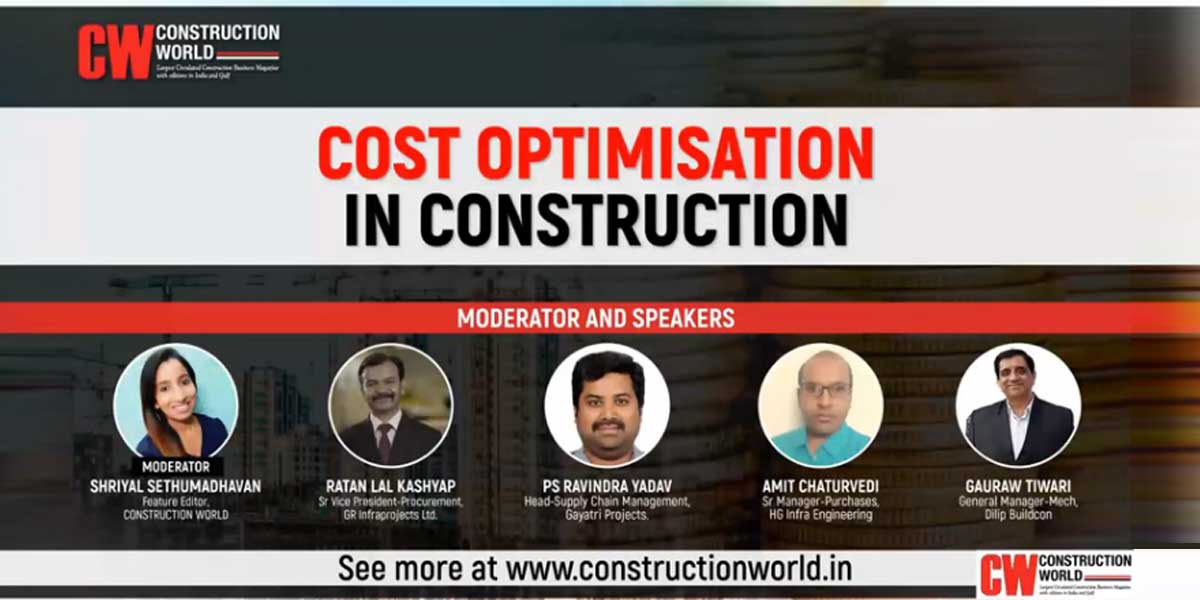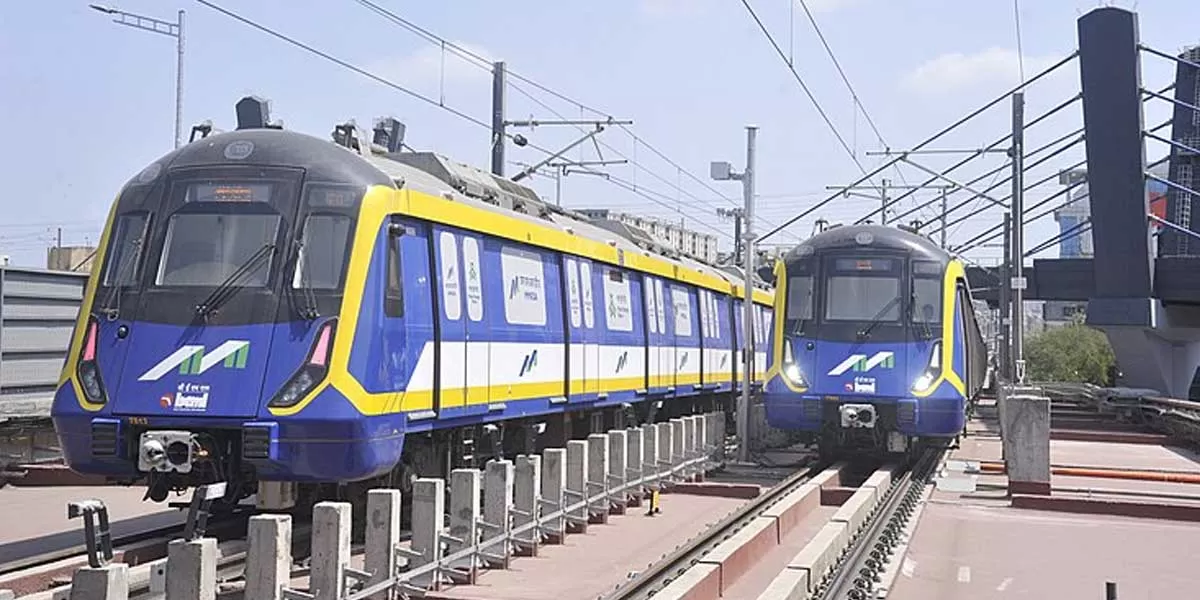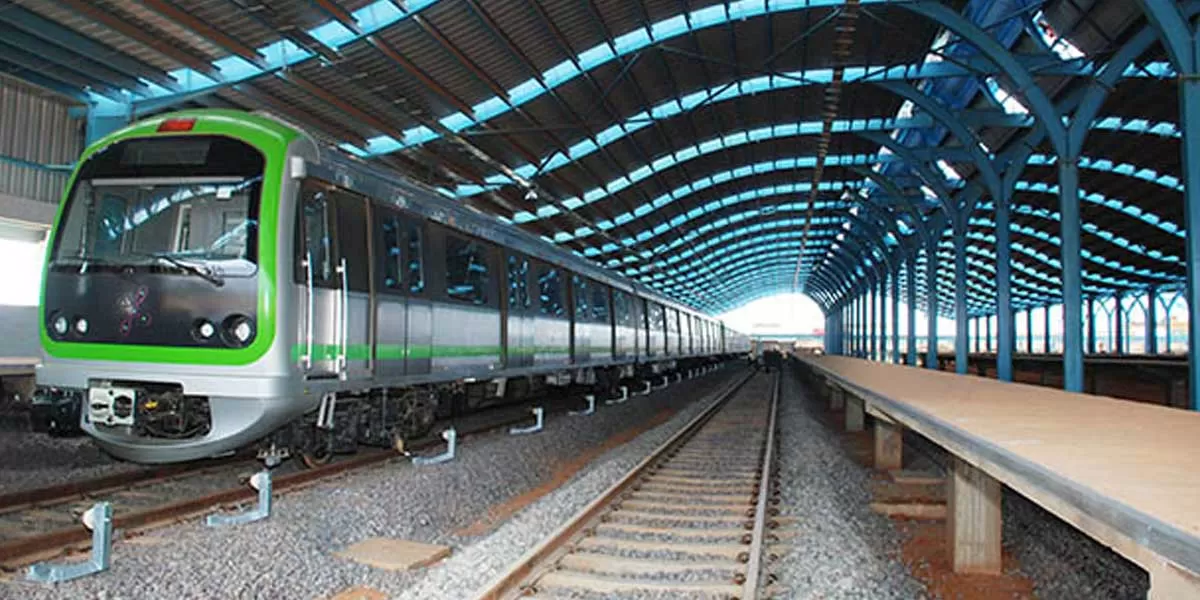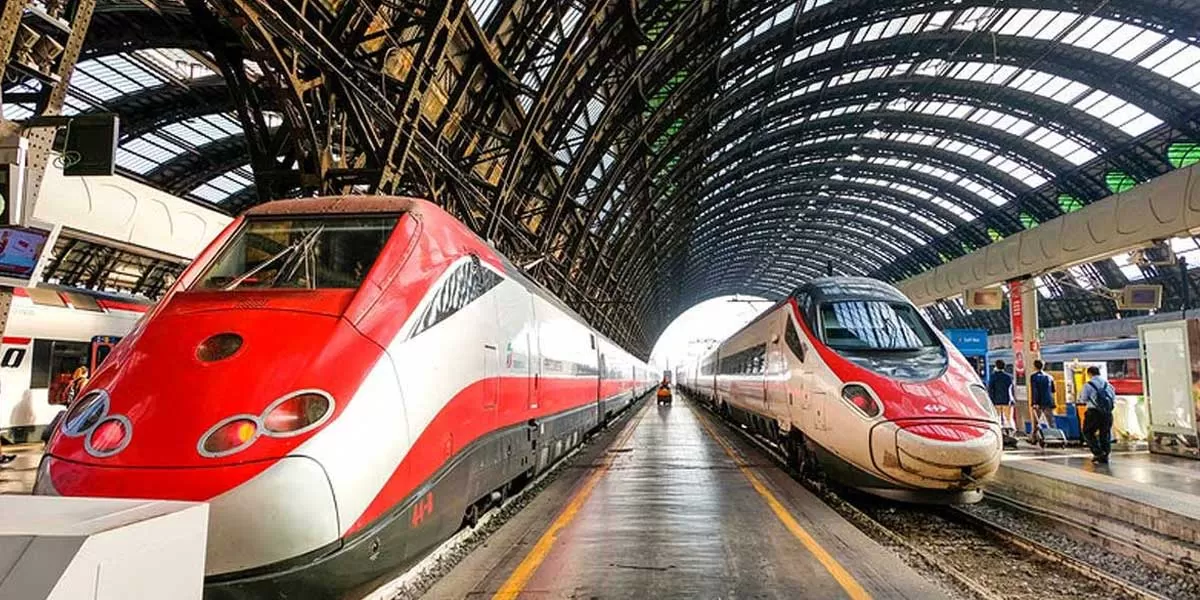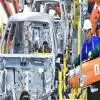CW connects with procurement experts of leading construction companies to delve into their current approach towards cost optimisation in construction, and the role of digitalisation in monitoring purchase and tracking consumption patterns.
Cost escalations is one of the serious challenges faced by the construction industry.
Fluctuations in material and labour costs often lead to cost escalations in construction projects. Consider the current scenario: Steel companies have recently hiked prices for wire rods and TMT bars to Rs 42,750 and Rs 39,000, respectively. Cement manufacturers are likely to hike the price in Q3FY21 or after the festive seasons. Optimisation of construction equipment also plays an important role saving substantial cost of infrastructure project. While all of this constitutes a large share of the overall cost of construction, companies have been adopting various procurement methods to control this cost.
Approaching cost optimisation
The current times can certainly pose various challenges for construction companies in purchasing construction materials and equipment.
Highlighting one of the biggest challenges in finalising and buying equipment, Gauraw Tiwari, General Manager-Mech, Dilip Buildcon, says, “This is the time when we have to be extremely specific and selective on choosing the after-market backup for the equipment. We should negotiate. Most companies want to be in the market to meet out the challenges. They do not have a major hit on their equipment cost because they are compensating this cost in their aftermarket revenues. So we have to negotiate for aftermarket backup, service support backup, and others.”
In terms of what works better for Dilip Buildcon between maintaining an equipment fleet and hiring, Tiwari says that the company believes in minimal hiring of equipment. “The top management has a thought process to bring out efficiency better than any other subcontractor. And why not – especially that we have a huge fleet, and a technically equipped and qualified manpower. We can maintain equipment better, and can have better negotiations for the aftermarket parts as well as the services and the equipment cost.”
In the case of construction materials such as steel, prices did see a drop during the initial pandemic months, but have now again been on a rise. Was there an approach to secure additional contracts when prices dipped?
Amit Chaturvedi, Sr Manager-Purchases, HG Infra Engineering, responds, “Our management is quite focussed on planning, and the general practice is to secure contracts to try and maximise the inventory and cover the inventory on our side so that we incur minimum cost on the additional costing that is actually incurred.” However, he adds, “During the initial COVID months, when prices did see a drop, we were unable to plan because of the uncertainties. But at the moment, the management is highly focused on planning and we ensure that atleast one month stock is available in our inventory.”
To optimise cost of construction as well as control quality, Ratan Lal Kashyap, Sr Vice President-Procurement, GR Infraprojects, has been instrumental and initiated the process of backward integration for self-sufficiency and established eight manufacturing units for the company. He shares, “There is risk involved even when you run through the market and select among the best of the vendors. For instance, emulsion is a binder and it contains water and bitumen. So when transported, any driver could manipulate it, mitigate or contaminate it, and the purpose is defeated.” And that’s when the company took a decision to make these products itself. “We started with the emulsion unit. The idea was to get the product as per site requirements,” Kashyap informs. And this has not only been limited to establishing emulsion factories for the company, but it has its own tankers that could deliver the material to its construction sites. This plus, in the present day, the company has GPS installed and the site has exact information and status on the driver. “Having these units and manufacturing these products ourselves add a good amount of control in the entire business, and you have the flexibility to change as per the market. We are working on a couple of more products because it helps you cost control, improve quality, get the material delivered in time, and helps you do value engineering.”
While Kashyap believes that this could be the way forward, he also emphasises that one has to see the economies of scale. “Putting up these units will have a break-even cost, which if you are not able to meet, it could be a loss making proposition for you. So it’s a business decision.”
Controlling wastage of materials and movement of machines
There tends to be a major wastage of construction materials such as cement, concrete and steel on site. This wastage may also depend on the type of construction – be it a building or an infrastructure project.
PS Ravindra Yadav, Head-Supply Chain Management, Gayatri Projects, says, “Generally, the wastage acceptable in terms of purchase and actual execution in percentage terms of total project cost would be 3 per cent for steel, and 1.5 to 2 per cent for concrete.” He adds, “In the case of steel, the major issue is in the off-cuts, which we are unable to use and this is not in our control.” However, he shares that the general practice is to cut to length directly, or customise the lengths during purchase. This is a control mechanism that purchasers are developing. Depending on the volume of purchase, Yadav says, “If you have larger volumes to buy, there is an option for steel where you can directly deploy machines on the site itself. This can save you a lot of wastage. However, in the case of smaller volumes, you cannot set up a complete plant.” Gayatri Projects in most cases outsources to reduce the wastage of steel. However, in the pipeline segment for irrigation works, the general practice is to do it in-house. “We manufacture pipes by buying customisable lengths of the plates and customise the thicknesses so that wastage is reduced. For concrete as well, we have developed an in-house software, Einstine, which monitors the usage day-to-day, so that gives us a clear picture of the requirement and we are able to reduce wastages.”
In terms of equipment, it is crucial to be able to ensure complete transparency on movement of machines on site. But the question is how?
Tiwari from Dilip Buildcon approaches this in two ways – one is the overall planning of the equipment for the project level, and second involves the monthly, weekly or daily plans to be executed. He says, “At the project level, the equipment has to be planned in a phased manner. There should not be scarcity of equipment and there should be proper synchronisation of equipment.” He elaborates with an example: If you are doing some earthwork, for which you have deployed an excavator of 30 tonne capacity, a motor grader of 12 tonne capacity and at a 5 km lead, you have deployed only two or three tippers. So, the resource synchronisation of the equipment and its effective utilisation will not be great. He adds, “At construction sites, a lot of activities are interlinked with each other. So every day we sit with project heads to understand the work that needs to be executed for the day and prioritise accordingly. No doubt at the project level there are automatic software that are helping us monitor our requirement and the availability of the resources.”
Further, as Yadav mentions, Gayatri Projects has developed Einsite. Through this plug-and-play software, the company tracks vehicular movement, data is captured from across machines and the software offers an understanding of the amount of raw materials used and machine time used. “Launched in 2017, the software was adopted to get complete equipment insights and track its utilisation,” informs Yadav adding, “…eventually the software was developed further and today it is fully integrated right from the machines with the batching plants, transit mixers, pavers, dumpers – all of it is interlinked. Going a step forward, we have adopted a progress monitoring software as well. So now, Einsite is a complete real time monitoring software that can give you real time insights.”
Monitoring purchase and tracking consumption patterns
In a massive competition, there has been a fast growing number of vendors in the market, and this has been leading to more scope for quality procurement.
Speaking about HG Infra Engineering’s approach to ensure cost savings, Chaturvedi, says, “Due to an increase in the number of vendors, there is better possibilities for negotiation and developing new vendors. We use the SAP system and try to develop more vendors to create single procurement. This helps us develop more rates and competition among the vendors as well. They provide better rates to bag orders from us, and this creates an opportunity for us to negotiate.” The company takes more than 10 quotations. This plus, it also ensures regular quality checks. “We focus on quality, quantity, rate, and the numbers of vendors. This gives us a great advantage to procure at lesser rates.”
While efficient inventory management is crucial, digitalisation and technology are playing a key role in tracking the consumption pattern, and how.
Speaking about GR Infrastructure’s approach in this direction, Kashyap says, “Today, for most infrastructure companies, beyond a size, it is a business requirement and you need to have these tools to have proper business controls.” GR Infraprojects uses SAP S/4HANA, which is the latest version, and the entire business in controlled through it. Also, there is a tool Laserfiche, which is used for DMS. Additionally, a regular analytical tool is used to analyse the total inventory. In the case of inventory control, there is a common tool platform where all the sites can see what is in surplus and at which site. He adds, “In between, we had a huge logistics issue, to overcome which, we tied-up with B2B logistics companies. All you need to do is go online, book the consignment and they get it delivered within a specified timeline. This helps me optimise some amount of inventory.” Going forward, the company has plans to opt for B2B integrations because most vendors are on SAP. This will make the system more transparent, unnecessary communications are mitigated, and you know what is the timeline based on which you will get the inventory. What’s more, as Kashyap shares, “We have decided to offer an AMC to the vendor, he holds the inventory at the sites and based on the requirement, the inventory is consumed. Plus, this comes with an uptime guarantee.” He also informs that the company is now trying to incorporate the barcoding system, through which, “you can always opt for proper tracking of your inventories”. This plus, the transaction also becomes seamless.
So what have been keeping these companies ahead in the race? – Evidently, an effective and robust plan for procuring materials. Negotiation is one aspect, but be it equipment or aftermarket parts or any consumable civil material, the focus is on the lifecycle cost of the equipment or component and related value-added services. Also, they are open to embracing newer technologies, be it the monitoring tools or products backed with latest technology.
- SHRIYAL SETHUMADHAVAN
